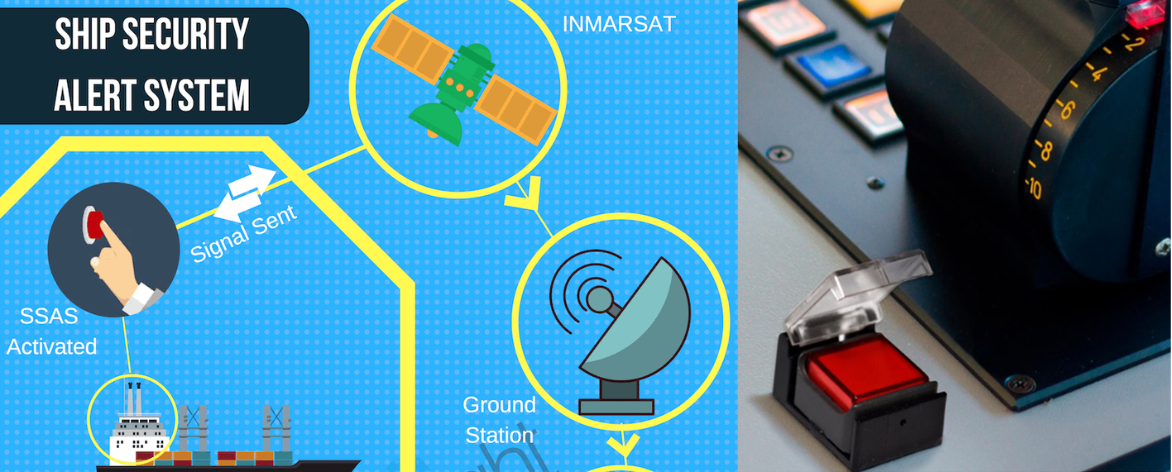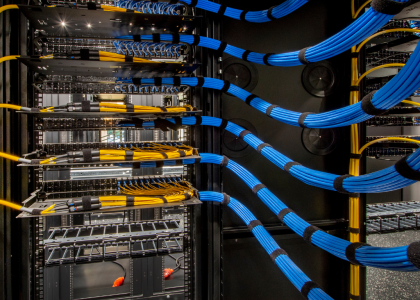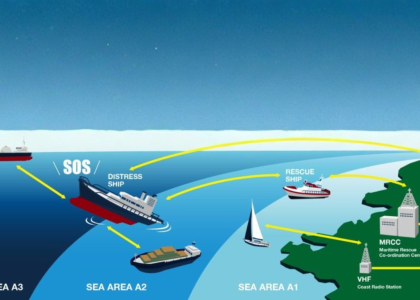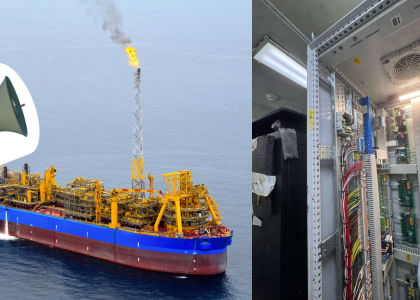The Ship Security Alert System (SSAS) is a crucial component of maritime security, designed to enhance the safety and security of ships and their crews. It is a mandatory requirement under the International Maritime Organization’s (IMO) International Ship and Port Facility Security (ISPS) Code. The primary purpose of the SSAS is to alert designated authorities of a security threat or incident on board a vessel. This system is especially important in a time where more vessels face threats in the Red Sea, due to the ongoing war in the Middle East.
We now dive into the significance of SSA systems, their key components, and how they contribute to maritime safety.
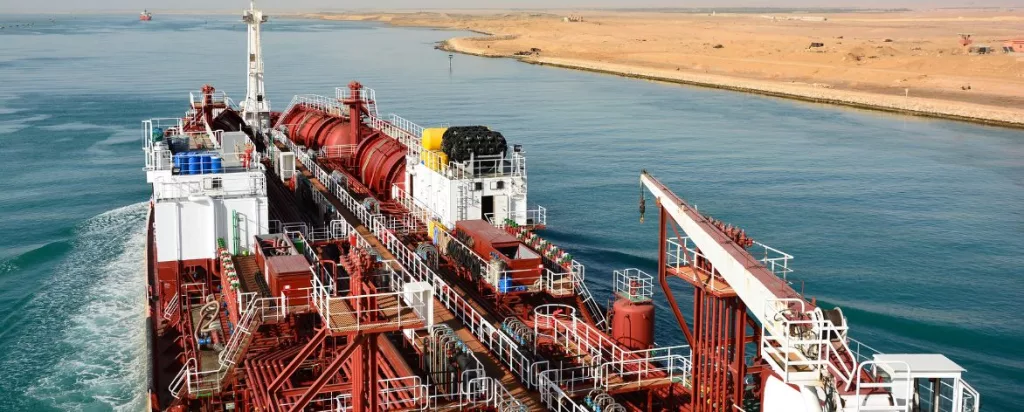
The Importance of Ship Security Alert Systems
Early Warning Mechanism
Ship security alert systems act as an early warning mechanism, alerting both the crew on board and relevant authorities about potential hazards or emergencies. These systems are designed to detect various threats, including collisions, adverse weather conditions, or equipment malfunctions, allowing for swift and informed decision-making.
Collision Avoidance
One of the primary functions of security alert systems is to prevent collisions at sea. Advanced technologies, such as radar and Automatic Identification System (AIS), enable ships to detect nearby vessels and potential collision courses. The system issues alerts to the crew, allowing them to take corrective actions promptly.
Man Overboard Detection
Ship security alert systems often include man overboard detection capabilities. Using sensors and monitoring devices, these systems can quickly identify if a crew member has fallen overboard. Immediate alerts are then sent to the bridge, triggering search and rescue procedures.
Weather Monitoring
Weather conditions at sea can change rapidly, posing a significant risk to maritime operations. Security alert systems incorporate weather monitoring tools that provide real-time updates on sea conditions, allowing ships to navigate around storms or rough seas and ensure the safety of both the vessel and its crew.
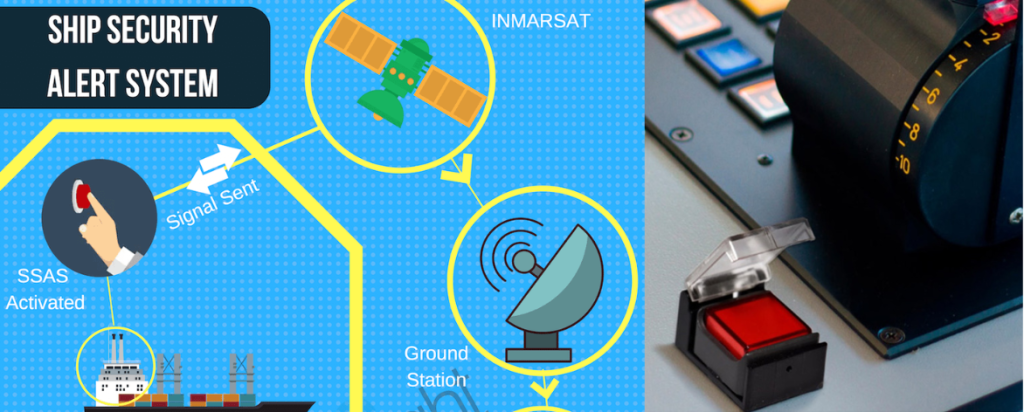
How Does the SSAS Work?
Activation
The SSAS can be activated by authorized personnel in the event of a security threat or incident. This could include situations such as piracy, terrorism, or any other unlawful interference with the ship’s operations. This activation button is often located on the GMDSS console.
Secure Communication
Once activated, the SSAS establishes a secure and covert communication link with designated security authorities. This communication is typically transmitted via satellite communication systems, ensuring that the alert is not easily detectable or interfered with by potential attackers.
Automatic Position Reporting
The SSAS automatically includes the ship’s identity and position in the alert message. This information is crucial for authorities to assess the situation and respond effectively. The system may use Global Positioning System (GPS) data to provide accurate location details.
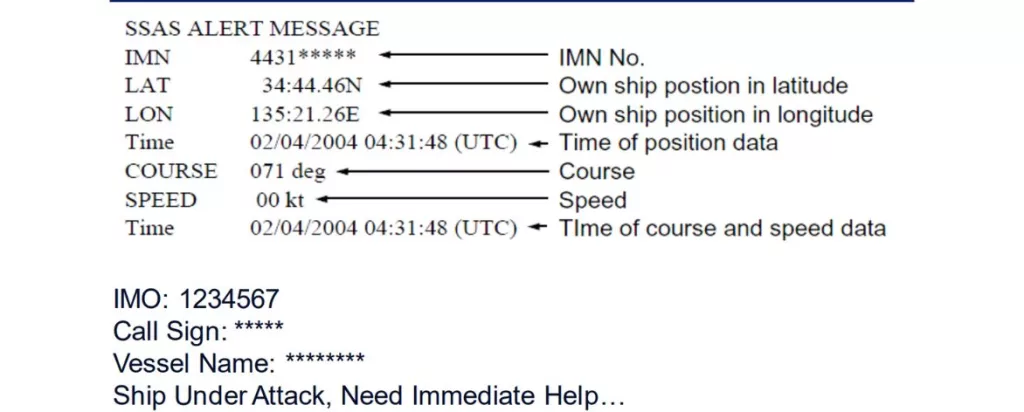
Tamper-Proof Design
SSAS units are designed to be tamper-proof to prevent unauthorized interference or deactivation. Tamper alerts are triggered if there is any attempt to disable or tamper with the system, providing an additional layer of security.
Silent Alarm
Importantly, the SSAS operates silently, without any visible or audible indications on the ship. This ensures that potential attackers are not aware that the system has been activated, allowing authorities to respond discreetly and effectively.
Ship security alert systems are the guardians of maritime safety, providing a shield against potential threats and emergencies. Its covert activation, secure communication, and automatic reporting of the ship’s identity and position contribute to timely and effective responses to security threats, ultimately safeguarding the vessel, its crew, and the surrounding maritime environment.
Vivo Asia Engineering & Trading specializes in the supply and installation of maritime communication and safety systems such as the SSAS. Contact us today to discuss your requirements.






